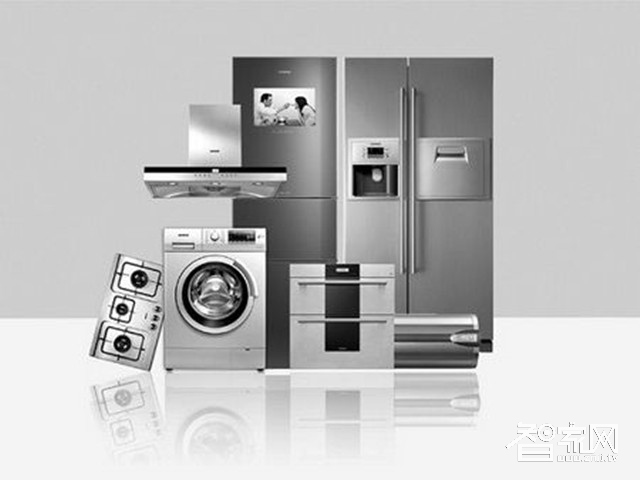With the rapid advancement of the Internet of Things (IoT), the trend of smart home appliances has become increasingly prominent. Traditional appliance manufacturers are now shifting their focus toward intelligent solutions, aiming to meet the evolving demands of modern consumers. So, what exactly is driving the development of smart home appliances in China? Let’s explore this growing industry and uncover its future direction.

**The Rise of Smart Appliances**
The level of intelligence has become a crucial factor in the transformation of China's home appliance industry. In 2014, Google's acquisition of Nest marked the beginning of the "smart era" in the global home appliance market. Since then, collaborations such as Xiaomi with Midea and Tencent with Lenovo have further accelerated the integration of smart technology into everyday household products.
At the 118th Canton Fair, many leading Chinese home appliance brands introduced a range of smart products that attracted international buyers. The positive response and strong transaction results demonstrated the growing appeal of smart appliances on the global stage.
**1. The Concept of Smart Living Is Evolving**
Haier has been at the forefront of this shift, pushing forward its high-end strategy and successfully expanding into overseas markets. Their “U+ Wisdom Eco-sphere†concept isn’t just a new product line—it represents a comprehensive smart living ecosystem. At the Canton Fair, Haier showcased an entire network of interconnected smart products, including smart food circles, toiletry systems, air purification devices, and more.
Despite a decline in buyers from Russia during the fair, Haier still managed to secure a significant order from MV, one of Russia’s largest home appliance retailers. This partnership highlights the brand’s focus on high-end users who value both design and functionality.
**2. New Investment Directions for Appliance Companies**
One of the key areas of interest for smart appliance companies is mobile control. At the fair, U.S.-based companies demonstrated large displays showing how users can control appliances via smartphone apps. From adjusting the temperature and airflow of an air conditioner to managing the washing cycle of a machine or setting the time and temperature of an oven, everything can be done with just a few taps on your phone—regardless of your location.
This convenience means you no longer need to worry about leaving the air conditioning on when you’re away from home. A quick touch on your phone can turn it off in seconds.
**3. Expansion into White Goods**
While smart TVs have led the way, the smart revolution is now extending to white goods like refrigerators, washing machines, and ovens. According to reports from China Investment Advisors, smart TV penetration reached 80% in 2015, signaling that the smart TV market is largely matured.
Meanwhile, the smartification of white goods is also gaining momentum. Major players like Xiaomi, 360, Foxconn, and Huawei have all entered the smart home space, either through partnerships or by launching their own platforms. These efforts reflect a broader industry push toward creating seamless, interconnected smart homes.
**Conclusion**
Smart appliances are becoming an essential part of modern life, offering greater convenience, efficiency, and user experience compared to traditional models. As technology continues to evolve, the adoption rate of smart home appliances is expected to grow even further.
If you're interested in learning more about smart appliances, feel free to leave a comment below!
The primary purpose of any fuse cutouts is to provide protection to the lines of your system and the various apparatus on those lines such as transformers and capacitor banks. Fuse cutouts provide reliable protection from low-level overloads that just melt the fuse link, intermediate faults, and very high faults, through maximum interrupting capacity.
Fuse Cutout,Fuse Cutout Amperes,Porcelain Fuse,Cut Out Fuse Carrier
Jilin Nengxing Electrical Equipment Co. Ltd. , https://www.nengxingelectric.com
